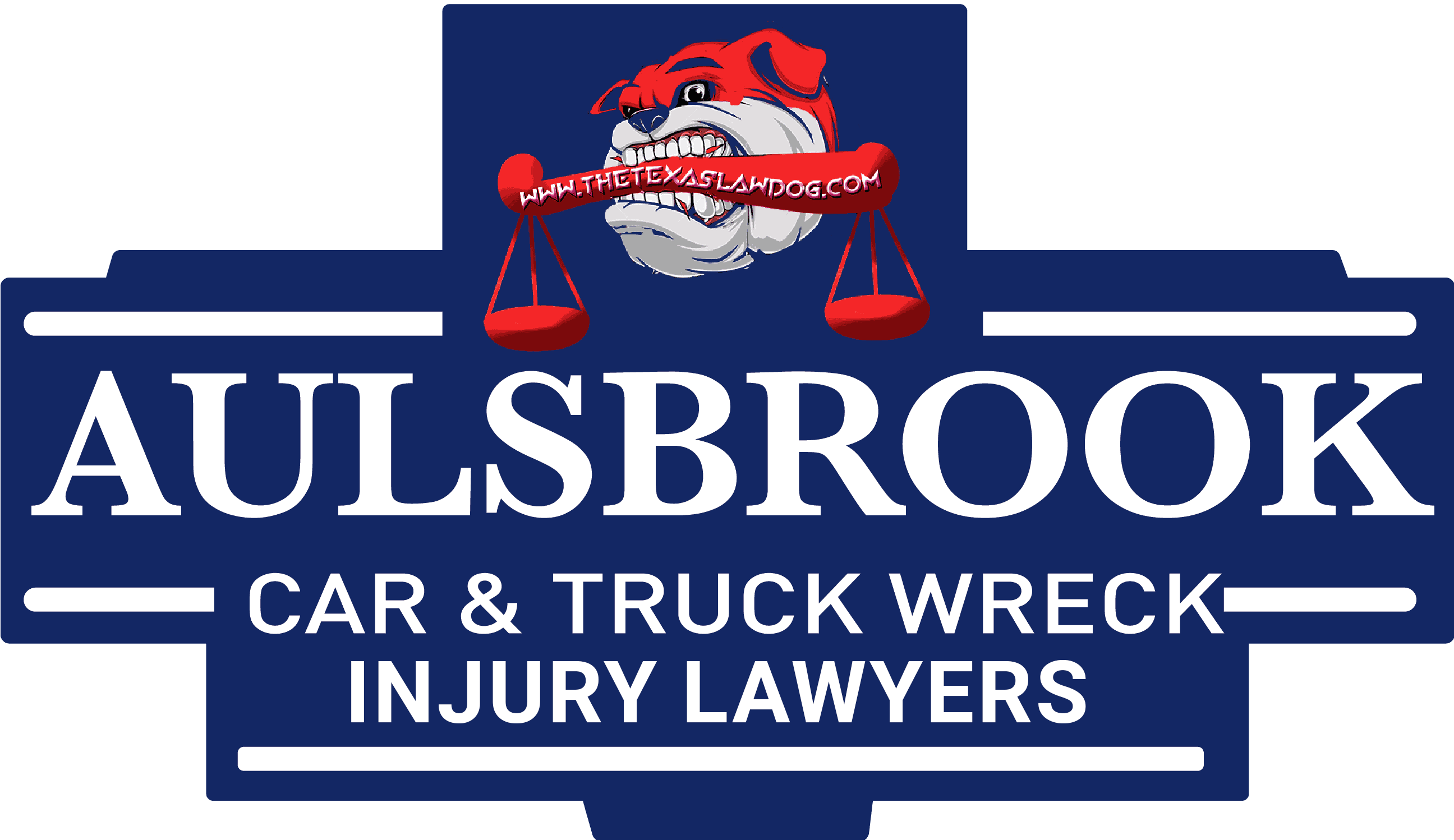Tire Defects in Grand Prairie Truck Accident Cases
Trucks are massive vehicles requiring consistent maintenance to prevent them from causing an accident due to a malfunction. A defective truck is an extremely dangerous hazard for everyone sharing the road with it, and if an accident occurred as a result, the victims are more than entitled to hold the party responsible for the accident accountable for their negligence.
Among the several components that are frequently subject to inspection, only a few are more important than a truck’s tires. Tire defects in Grand Prairie truck accident cases are known to result in serious collisions and injuries. If it is found that a tire defect was the main contributor of an accident, an experienced truck crash attorney could hold the responsible party liable for compensation.
Why and How are Tires Regulated?
Defective tires can create an increased risk of a crash. The driver might lose control, the force of the explosion along with the instability of the trailer when having to balance on the suddenly uneven tires could cause the truck driver to lose control and even flip onto its side. If a law enforcement officer or commercial vehicle inspector catches it, they could potentially put them out of service if it is a noticeable defect.
The Commercial Vehicle Safety Alliance has law enforcement personnel who inspect vehicles on the highways capable of identifying common violations that render a commercial truck unqualified to drive or to put it out of service. Proper air pressure and tread on the tires are also closely regulated by the FMCSA.
What Hazardous Tire Conditions do Regulations Mandate Against?
Regulations mandate against several hazardous tire conditions. For example, there are regulations against tread separations that occur at the top components of the tread area where part of the tread rubber and/or fabrics are lost and internal construction is exposed. There are also regulations regarding cuts by foreign objects and rib undercutting where rubber begins to crack at the wall of the tread rib and tread grooves.
Lastly, bulges on the surface of a tire are also taken into account. This condition may cause fabric nylon cords to rupture, jeopardizing the safety of everyone on the road.
What Responsibilities are Placed on the Truck Driver to Inspect their Tires?
Truck drivers are mandated to conduct pre-trip inspections. These inspections include checking tire pressure to ensure that it does not have too little or too much air since improper tire pressure can lead to crashes.
The drivers during the course of their inspection are also required to be aware of the wear and tear on their tires since worn tires are more likely to blow or leak potentially causing a crash.
What Does the Commercial Driver’s License Guide Say About Regulations of Tires?
The FMCSA regulates the minimum tread depth for a steer tire must meet those tires up front is 4/32 of an inch on every major tread groove. If any spot on those grooves is less than 4/32, the driver could be issued a citation.
These same rules apply to trailer tires, but the minimum tread depth is 2/32 of an inch in every major route. It’ is important to know that tread depth measurements cannot be taken at the wear indicators or stone ejectors in the grooves.
Schedule a Consultation Today to Learn More
Tire defects in Grand Prairie truck accident cases could prove to be a vital factor in a truck accident injury claim. If it is discovered that the truck driver or their employer did not take the necessary actions to maintain their tires, they could be held liable for damages if an accident occurred as the end result.
If you have been involved in an accident where you believe the truck was involved in the accident was not properly maintained, be sure to schedule a consultation to learn more about you could do.
